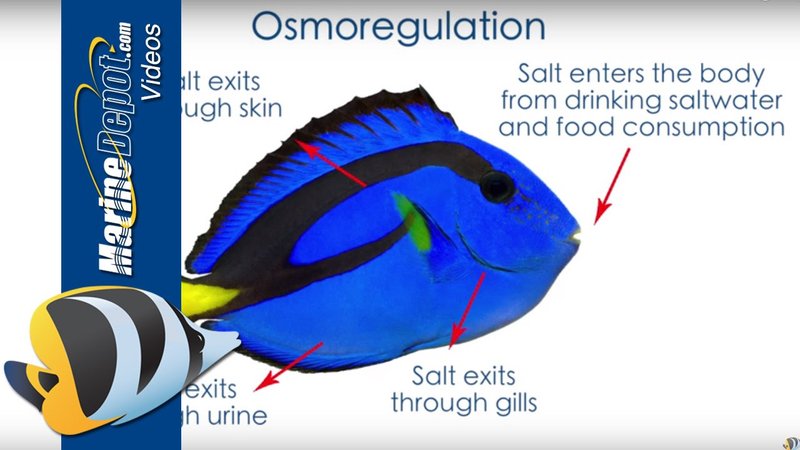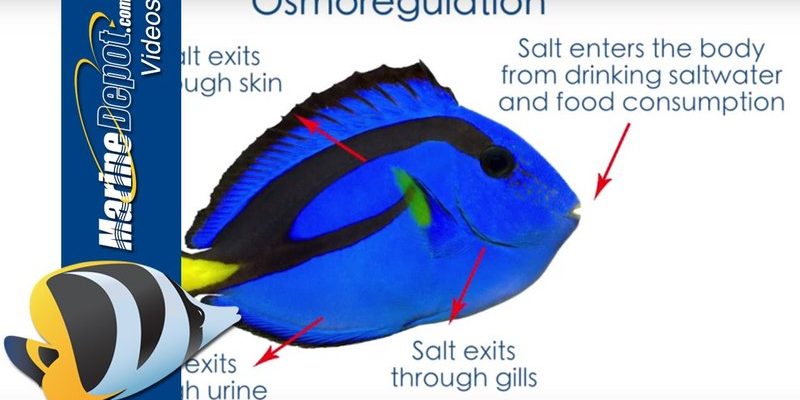
Let’s dive in and explore what these requirements mean. Think of it as creating a cozy nest where your firefish can swim and play. If you get it right, you’ll have not just a beautiful aquarium, but also vibrant, lively fish that showcase their stunning colors. This guide is here to help you set up the best environment for your firefish, ensuring they feel right at home.
Understanding Tank Size for Firefish
When it comes to tank size, bigger is often better, especially for firefish. Ideally, you want to provide a tank that is at least 20 gallons. Why is that? Firefish can be a bit shy, and having enough space allows them to explore, hide, and feel secure. A small tank may lead to stress and a less-than-happy fish.
You might be wondering how many firefish you can keep in a tank. A good rule of thumb is to have one firefish per 20 gallons of water. This gives them enough space to swim around and reduces territorial issues. Firefish can sometimes be territorial with other similar species, so keeping them in a larger tank can help reduce that competition.
Keep in mind that firefish tend to swim at the top and mid-level of the tank. Adding height to your tank with decorations like rocks or plants can create additional swimming space and hiding spots. It helps them feel safe, allowing them to come out and display their beautiful fins.
Salinity Levels: Creating the Right Environment
Salinity is a fancy way of saying how salty the water is. For firefish, the ideal salinity level is between 1.020 and 1.025 specific gravity. You might be thinking, “How on earth do I measure that?” It’s simple! You can use a hydrometer or refractometer that helps you check the salinity of your aquarium water.
Maintaining the right salinity is essential. If the levels are too low or too high, your firefish could become stressed or even sick. It’s like trying to breathe underwater for us—definitely not pleasant! If you need to adjust the salinity, do it gradually, as sudden changes can be harmful. Here are a few tips for maintaining the correct salinity:
- Use the right salt mix for marine aquariums.
- Regularly check salinity levels, especially after water changes.
- Top off with freshwater to counteract evaporation.
Monitoring salinity will help you keep your firefish healthy and happy. Trust me, it’s worth the effort!
Temperature Requirements: Keeping It Cozy
Just like how you feel more energetic in a comfortable room temperature, your firefish thrive in a stable environment too. The ideal water temperature for firefish is between 75°F and 80°F. If the water is too cold, they may become sluggish, and if it’s too hot, they could become stressed.
To keep the temperature steady, you’ll want to invest in a good aquarium heater. Look for one that has a thermostat so you can set it and forget it. Additionally, having a thermometer in your tank allows you to keep an eye on the temperature. It sounds like a lot, but once you get your setup right, it’ll be smooth sailing.
Another tip? Avoid placing your aquarium in direct sunlight or near heat sources, like radiators. Both can cause temperature fluctuations that aren’t good for your fish.
Creating a Well-Filtered Tank
Filtration is another key aspect of a healthy firefish environment. A good filter keeps the water clean and well-oxygenated, which is essential for your fish’s overall health. Here’s why it matters:
– Firefish are sensitive to water quality. Even small changes can stress them out.
– A well-filtered tank helps maintain stable water parameters, including salinity and temperature.
– Filters can also help reduce ammonia and nitrite levels, which are toxic to fish.
Consider investing in a canister or hang-on-back filter that’s suitable for your tank size. You’ll want to clean the filter media regularly, but be careful not to clean it too thoroughly. You want to maintain some of the beneficial bacteria that help break down waste.
Setting Up the Tank: Practical Tips
Now that you know about the necessary requirements, let’s talk about setting up your tank for firefish.
1. Add Substrate: Start by choosing a substrate, like fine sand or small gravel. Firefish love to burrow, and softer substrates are easiest on them.
2. Include Hiding Spots: Use coral, rocks, and caves in your setup. Firefish enjoy having places to hide and feel secure.
3. Aquascaping: Arrange your tank in a way that creates open swimming areas along with nooks and crannies. This will encourage natural behavior in your fish.
4. Water Changes: Regular water changes are crucial. Aim for about 10-15% every week. This keeps the tank clean without stressing the fish.
5. Test Water Regularly: Make it a habit to test the water parameters weekly, especially when you first set up the tank. It’ll give you peace of mind knowing everything is in check.
Setting up a marine tank may take a bit of patience, but it’s incredibly rewarding. Just like any good recipe, the right ingredients—size, salinity, temperature—blend together to create a thriving home for your firefish.
Common Mistakes to Avoid
Even seasoned aquarists can slip up when it comes to firefish care. Here are a few pitfalls to sidestep:
– Overcrowding: Too many fish in a small tank leads to stress. Stick to that 20-gallon rule.
– Ignoring Water Quality: Don’t let ammonia or nitrite levels creep up. Regular testing is key.
– Rapid Changes: Sudden changes in temperature or salinity can shock your fish. Always go slow.
– Skipping Hiding Spots: Firefish need places to retreat to feel safe. It’s just part of their nature.
By keeping these mistakes in mind, you can set yourself up for success right from the start.
Creating the right tank environment for your firefish is an adventure and a commitment. When you nail down the size, salinity, and temperature, you’re setting the stage for a vibrant and happy aquarium. Remember that these fish have their own unique personalities, and a well-managed tank allows them to shine.
So take a moment to enjoy the process. Think of your tank as a beautiful little world where your firefish can thrive. With the right care, you’ll be rewarded with stunning colors and lively interactions that brighten up your days. Happy fishkeeping!

